Tropical forests are one of the most lauded ecosystems on Earth. They harbor at least two-thirds of global biodiversity and can absorb billions of tonnes of carbon from the atmosphere. But there’s one important ecosystem service that we don’t recognize: forests cool the surrounding landscape, and by doing so they protect the health of people living alongside them.
Cut down the trees, and it will cost human lives.
Researchers estimate that heat increases caused by deforestation are killing more than 100 people per year in Berau, Indonesia. This study, published recently in the journal Lancet Planetary Health, is the first to estimate the effects of deforestation-induced heat on mortality and work conditions in a low-latitude, industrializing country.
Seeing the Forest for The Trees
Forests cool the surrounding landscape by acting like a sun umbrella with a mister. Their leaves and boughs block the sun’s rays and provide shade, and they also release water into the atmosphere as they turn sunlight into food. As that water evaporates, it absorbs heat energy and cools the surrounding air, just like the sweat on your skin or a mist of cool water on a hot day.
Cut down the trees, and these cooling services disappear. And then it gets hotter.
“You can think of cutting down the forest as 100 years of global warming happening instantly,” says Nicholas Wolff, a climate scientist at The Nature Conservancy and lead author on the research.
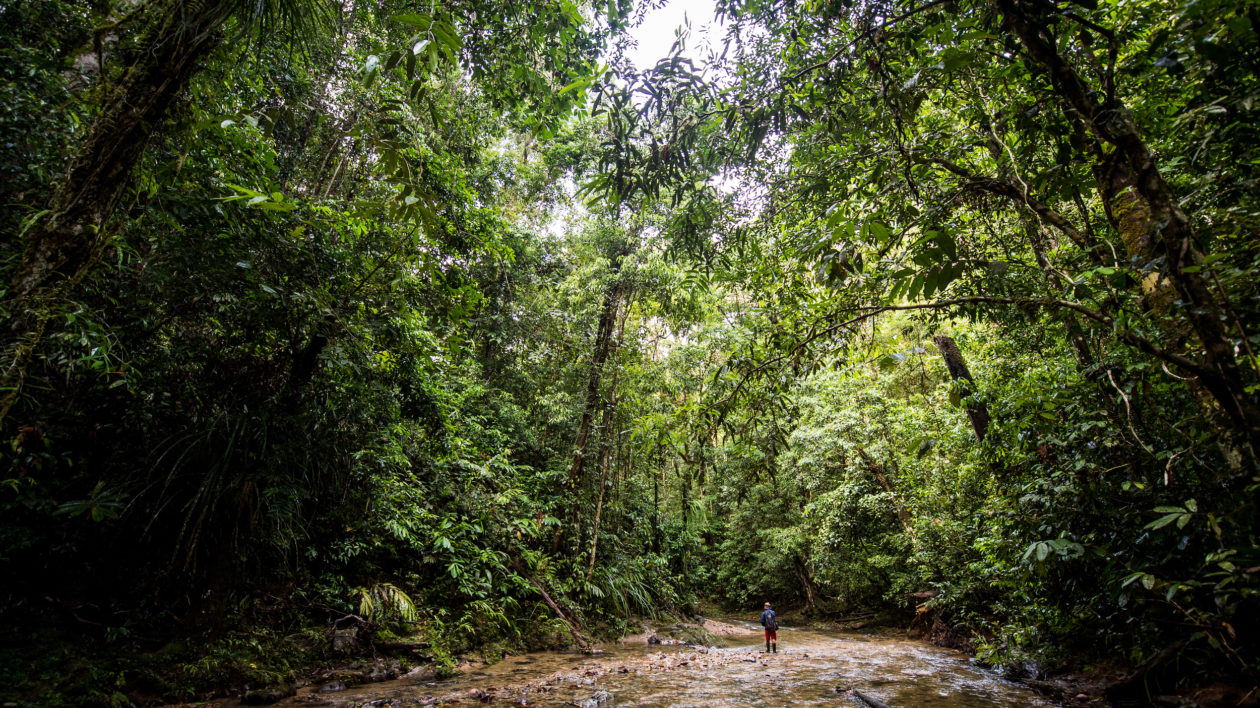
His previous research found that deforestation in low-latitude tropical countries can lead to an immediate increase of up to 8°C in local temperatures and exacerbate diurnal temperature variation, or the swings between mid-day heat and evening chill. The bigger the patch of forest you cut down, the greater the warming. And other research has shown that the extra heat can be detected up to 50 kilometers away.
“So 1 degree Celsius is how much climate change we’re already experiencing at the global level, and look at the havoc it’s causing,” says Wolff. “Deforestation can have the same impact locally in a single season. This is happening right now, and it’s going to get worse.”
What scientists and health experts didn’t fully understand was how that increased heat would affect the health of people living in the tropics. Wolff and his colleagues at the University of Washington and Mulawarman University set about connecting the dots between deforestation, safe working conditions, and deaths.
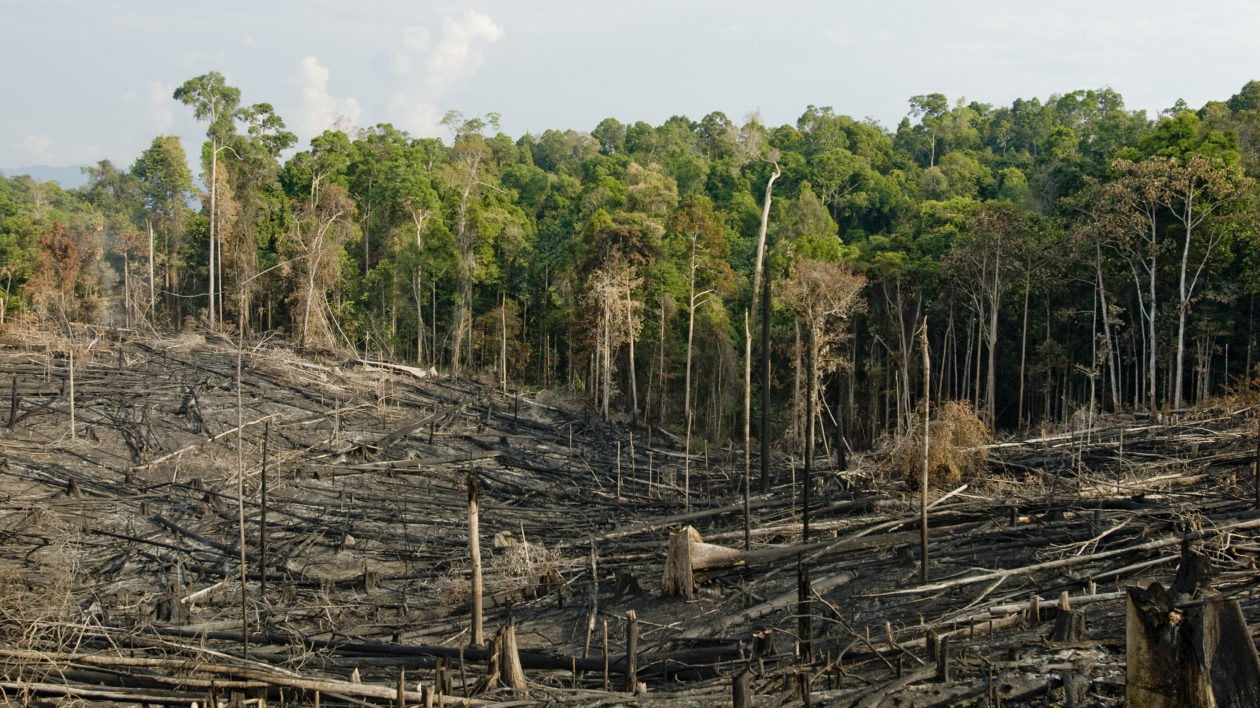
Using satellite data, the researchers compared forest cover and temperature conditions between 2002 and 2018 in the Berau regency of Indonesia. Over the 16-year period, 17% of the land area was cleared, including more than 28% of the land below 200 meters, where 98% of the population lives. Their results, published recently in The Lancet Planetary Health, show that deforestation increased average daily maximum temperature across Berau by .95 degrees Celsius. The more forest lost, the greater the temperature gains.
“Most of the warming that occurred during this period was because of deforestation” says Wolff. “Places that kept forest did not experience very much warming, while those that lost trees experienced a lot of warming.”
The researchers then turned to established epidemiological functions that estimate how changes in the average daily temperature affect mortality. They found that the deforestation-associated temperature increases accounted for an estimated 7.3 to 8.5% of deaths in Berau in 2018.
For comparison, malaria and other neglected tropical diseases account for just 1.2% of total deaths in East Kalimantan, the larger province of which Berau is a part. Deforestation is often labelled an environmental concern, but it’s killing more people than one of the most widely recognized tropical public health concerns.
“Any mortality cause greater than 5% is a significant public health challenge, something that health officials should be concerned about on a daily basis,” says Eddie Game, TNC’s lead scientist for the Asia-Pacific region and co-author on the research.
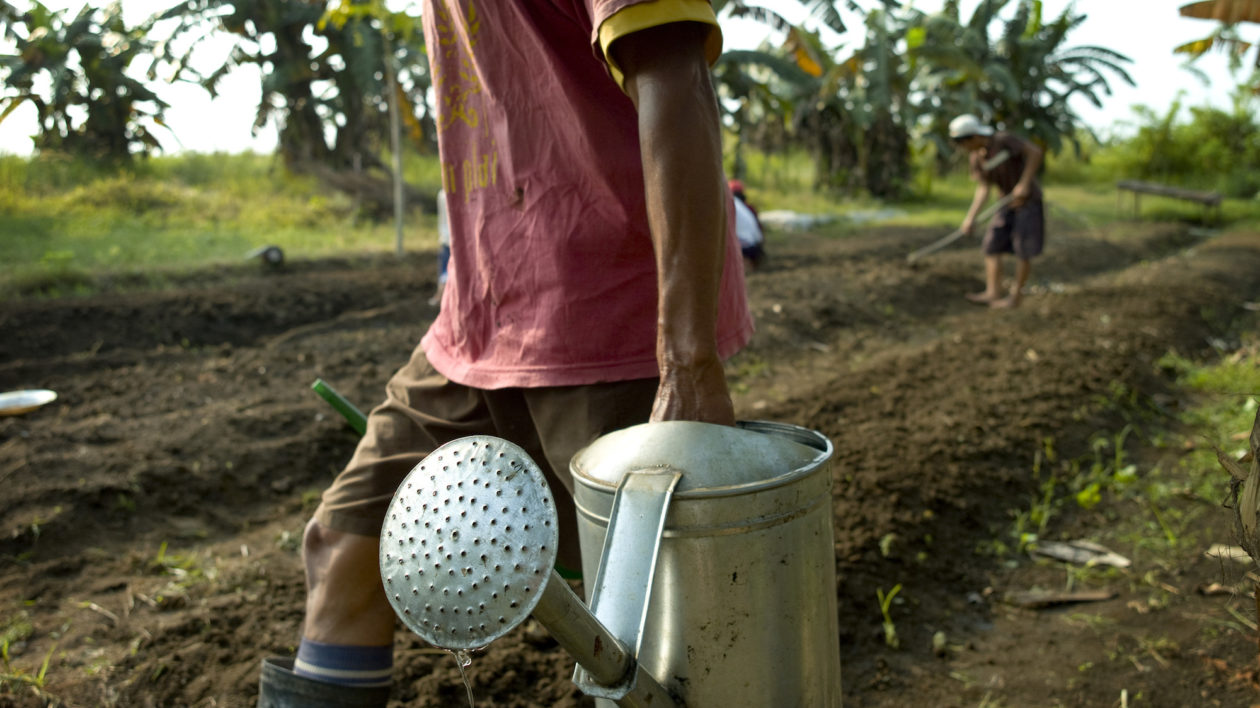
Lives and Livelihoods at Risk
Death statistics don’t capture the true impact of deforestation-driven heat.
Many people in Berau earn a living working outdoors, either as subsistence farmers or in industries like logging, mining, and commercial agriculture. Previous TNC research found that deforestation-driven heat is already reducing worker productivity, forcing people to change their behavior to compensate for hotter conditions. And the additional heat stress is increasing heat strain and impacting the cognitive performance of rural workers, putting them at increased risk of injury and illness.
Using established thresholds of heat health for worker safety, the researchers estimated that deforestation-driven temperature increases between 2002 and 2018 added an additional 20 minutes of unsafe work conditions per day in deforested areas.
“That might not seem like much, but over time it adds up,” says Yuta Masuda, a social scientist at TNC and co-author on the paper. “Many parts of the tropics already experience hot and humid temperatures exceeding thresholds for human health and safety, and many rural Indonesians lack adequate and reliable access to resources to adapt to heat, such as air conditioning. Without adequate ways to cool off, many outdoor workers have limited capacity to adapt to hotter temperatures.”
Wolff adds that it’s the combination of global climate change and deforestation-driven heat that is concerning. “What we are experiencing now will get worse. We need to act now,” he says. “One of the ways we can act is to conserve forests, not just because of what they mean for carbon or biodiversity, but what they mean for the people who live alongside them.”
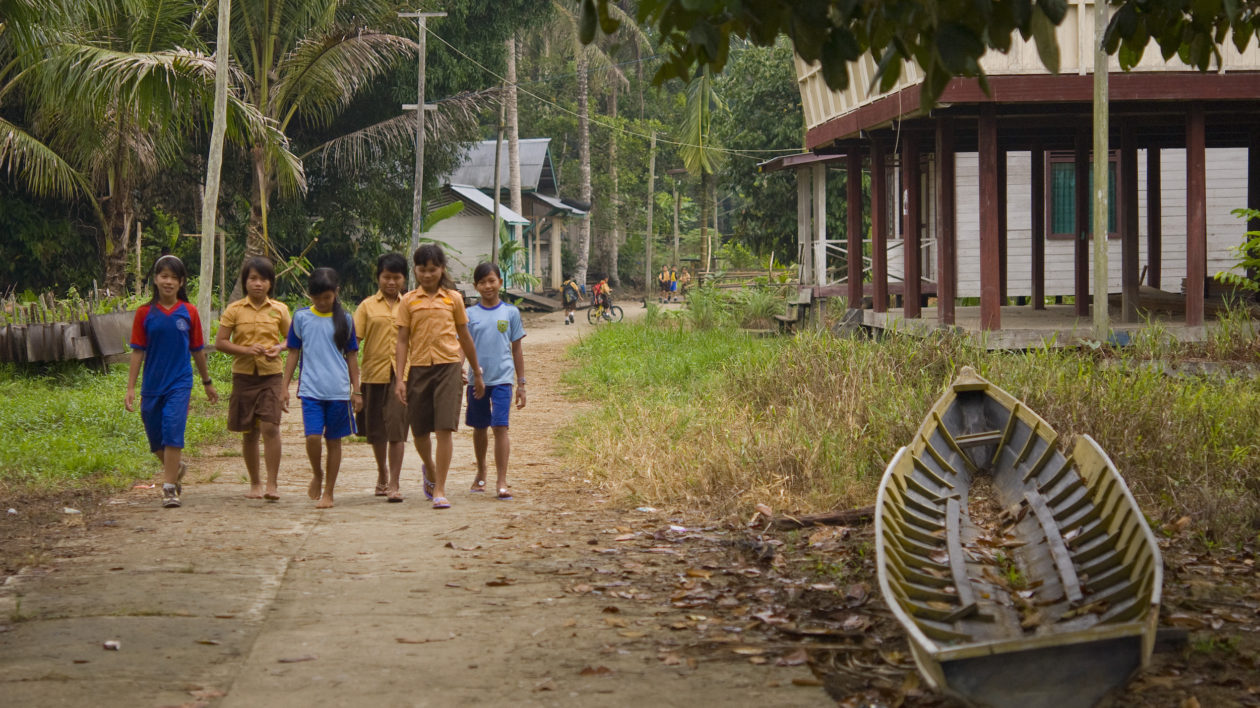
Tropical forest nations are home to 800 million people, and that population is expected to increase significantly by 2050. These people contribute the least to climate change, but will bear a disproportionate amount of its adverse effects.
The evidence is clear that leaving forests intact — or reforesting cleared areas — can help people cope with heat. The next step is putting that knowledge into practice at a landscape level.
“In Indonesia, there will be lots of opportunities for reforestation and avoided deforestation,” adds Game. “We just need policymakers to take some bold first steps and start testing different landscape design solutions. We design landscapes for all sorts of things, so there’s no reason why we can’t use forests to intentionally moderate temperatures.”
Without action, the mercury will continue to climb wherever forests are cut down.
“Forests are one of the few available adaptive strategies that exist for rural people in tropical countries,” says Wolff. “Once they’re gone, they take decades to centuries to grow back. And we need them now.”
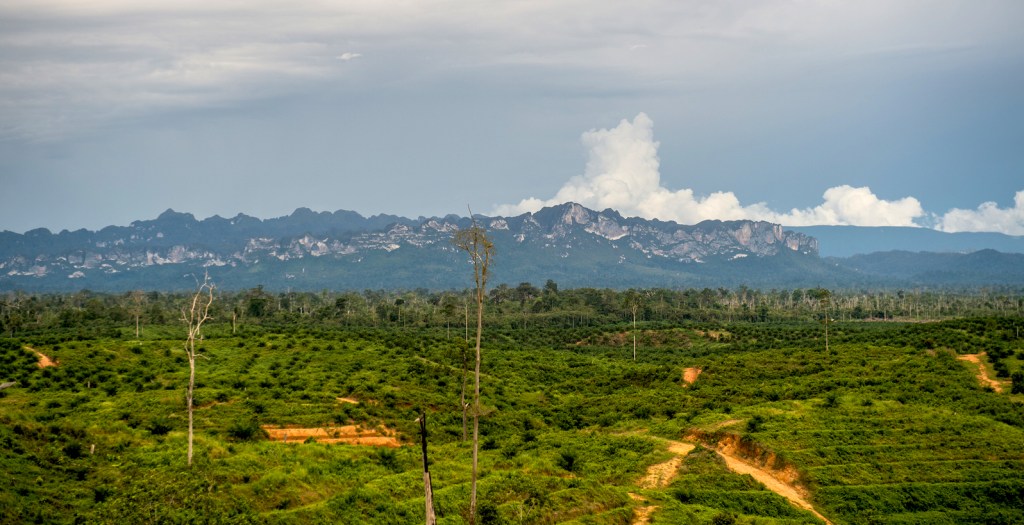



Join the Discussion